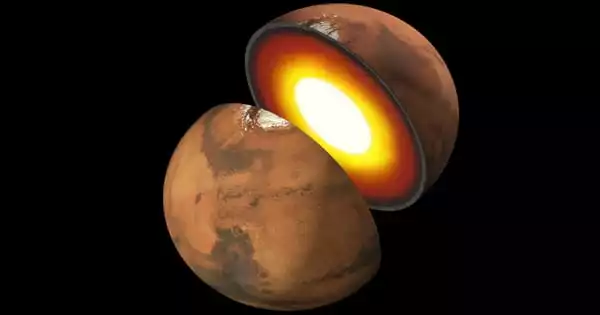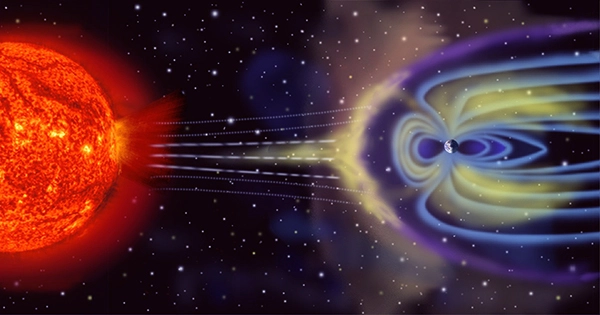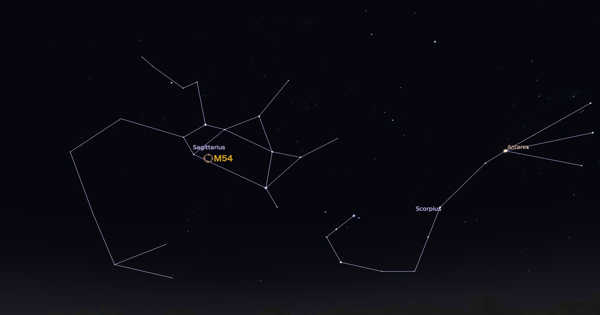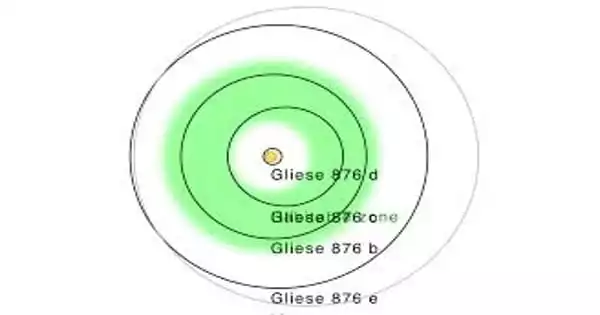Although the isotope ratio of a lesser-known gas in a single meteorite may not appear to be significant, scientists are now questioning how planets like Earth are formed as a result of certain surprising findings. The Chassigny meteorite, which crashed in France in 1815, isn’t your average rock, though. When a huge asteroid collides with Mars or the Moon, boulders can be sent into space. A handful of them will ultimately fall to Earth as meteorites, providing humanity with invaluable research opportunities. The majority of the Martian meteorites we’ve discovered have originated from the planet’s surface, which is unsurprising. Chassigny, on the other hand, has a distinct composition and is thought to have developed deep within Mars.
The ratios of krypton-84 to krypton-86 were studied by Dr. Sandrine Péron of the University of California, Davis, since they varied in the solar nebula compared to chondritic meteorites. Péron’s findings in Science defy predictions, implying that we have the order of events in the early Solar System incorrect. Planets emerge from the nebula that surrounds their parent star when it is young, and their makeup is mostly reflected in them. However, volatile elements – those that quickly transition to gas – like as hydrogen, oxygen, and the noble gasses, which can escape from the developing planet, make things more complex.

Any such gasses found on the globe billions of years later were either originals that failed to leave or meteorites that arrived later. At least as far back as Newton, the topic of which predominate has been debated. All of the inner planets are interested in the relative origins of volatiles. Mars is particularly fascinating since it is assumed to have originated faster than the other planets, in the order of 4 million years against 50-100 million for Earth. The previous Martian mantle, according to the theory, should include volatile components from the solar nebula.
But that’s not what Péron and his co-authors discovered. In a statement, Péron remarked, “The Martian internal composition for krypton is virtually completely chondritic, but the atmosphere is solar.” “It has a particular flavor.” If the article is correct, the Martian atmosphere cannot be the result of volatiles locked inside the mantle being released. Instead, it had to have come from the solar nebula, but only when the planet’s lava ocean had cooled enough for gasses from both sources to mingle. It also implies that the trapped gases inside Mars were supplied by chondrites at a time when the nebula was still there.
The nebula gasses in the atmosphere, out of all the probable combinations of chondrite leftovers in the magma, is the one that violates both intuition and prior models the most. As a result, unless the Chassigny meteorite can be demonstrated to have a different origin or Péron’s ratio is incorrect, the process will require some explanation. Every document, and maybe even more so in this case, has the potential for inaccuracy. “Krypton isotopes are difficult to test due to their low quantity,” Péron explained. During the circuitous travel from Mars to Earth, cosmic rays created some krypton, obscuring the signal. Despite this, the authors are convinced that the ratios are correct.
















